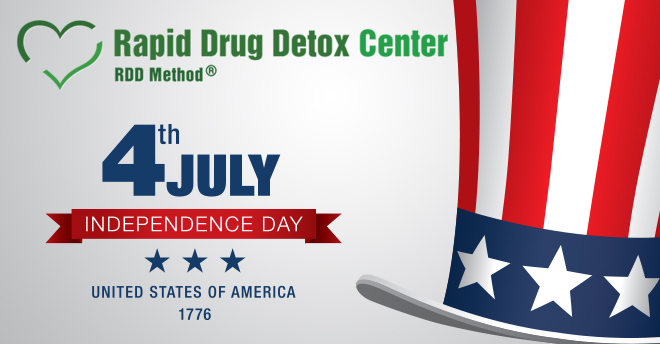Model Cara Delevingne Speaks out about Living with Heroin Addiction

Heroin addiction affects not only the drug addict but all family members and friends within this circle. British model, Cara Delevingne grew up with a mother addicted to Heroin and speaks out about her own struggles dealing with it. Cara felt her childhood was not much different than others who have grown up similarly dealing with a parent with an addiction. She felt it made her grow up faster and that there was role reversal where she had to parent her mother. Cara suffers bouts of severe depression, anxiety and self hatred and is challenged with dealing with these feelings of pain which she feels stems from growing up with a Heroin addicted mother. If you have a loved one addicted to Heroin, it is important to get help. The first step is the Rapid Drug Detox Center to detox safely and effectively. Call us at 1-866-399-2967 1-866-399-2967 to learn more.

 Opium occurs naturally in the seeds of the opium poppy. Opium is extremely effective in managing pain and is inexpensive to produce. It works by attaching to “opiate receptors” in your body, relieving pain and inducing feelings of euphoria. Unfortunately, as a recent video from the National Institute of Drug Abuse (NIDA/NIH) confirms, it is also extremely addictive. Your body quickly becomes dependent on the drug. The longer you remain addicted, the higher the dose of the drug you need. In between doses, cravings wrack the body. Addicted persons may suffer malnutrition, nausea, constipation, respiratory complications, low blood pressure, seizures, dizziness, weakness, confusion and even coma.
Opium occurs naturally in the seeds of the opium poppy. Opium is extremely effective in managing pain and is inexpensive to produce. It works by attaching to “opiate receptors” in your body, relieving pain and inducing feelings of euphoria. Unfortunately, as a recent video from the National Institute of Drug Abuse (NIDA/NIH) confirms, it is also extremely addictive. Your body quickly becomes dependent on the drug. The longer you remain addicted, the higher the dose of the drug you need. In between doses, cravings wrack the body. Addicted persons may suffer malnutrition, nausea, constipation, respiratory complications, low blood pressure, seizures, dizziness, weakness, confusion and even coma.

